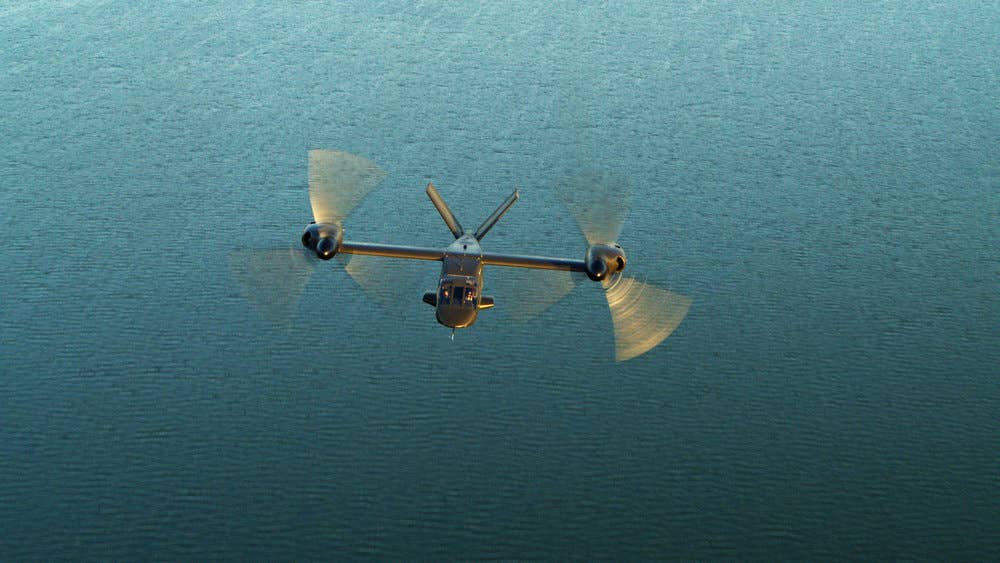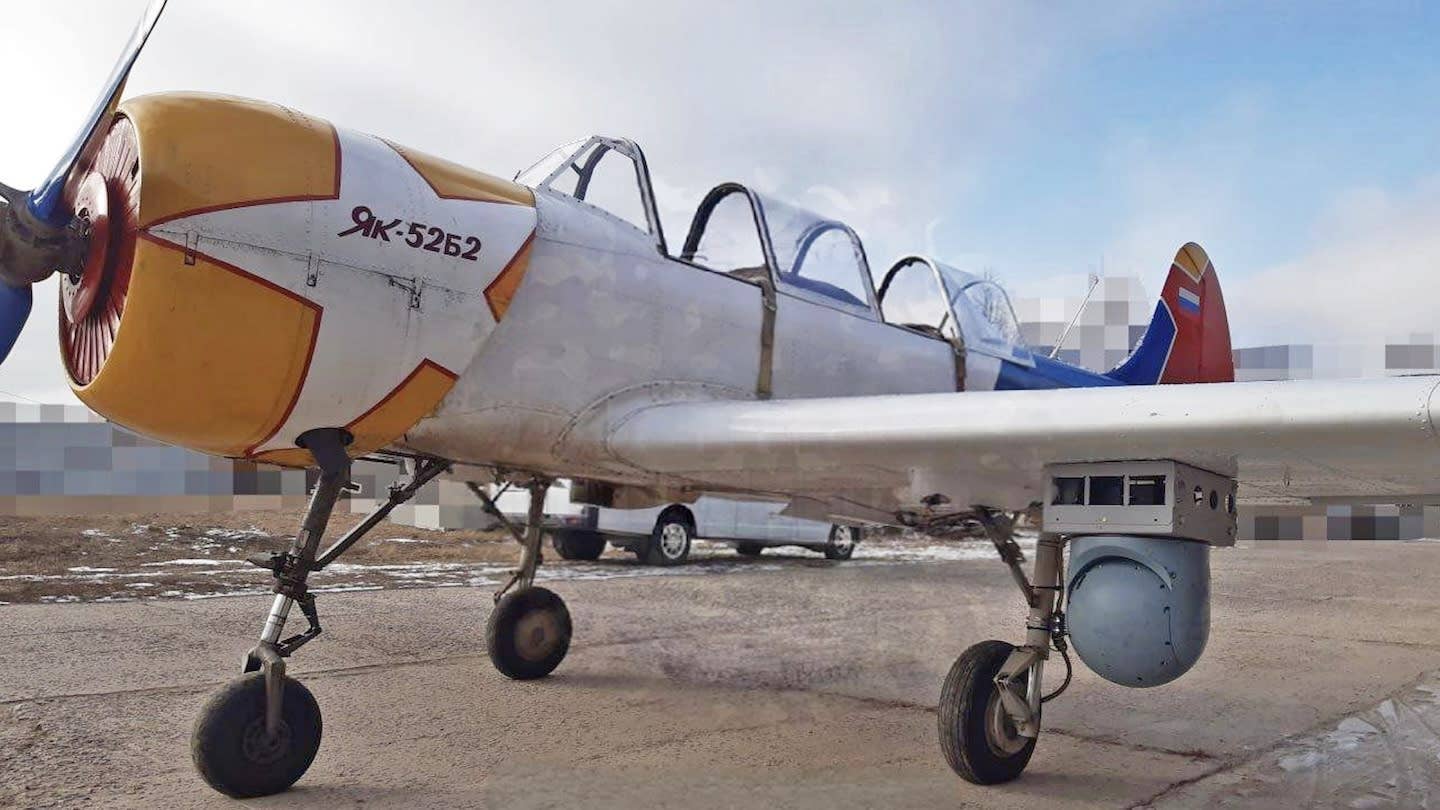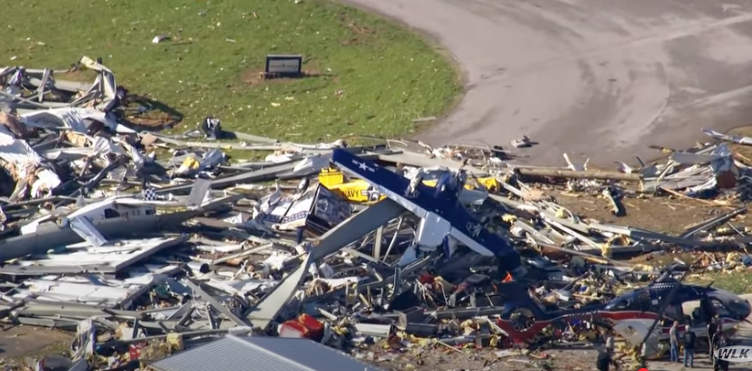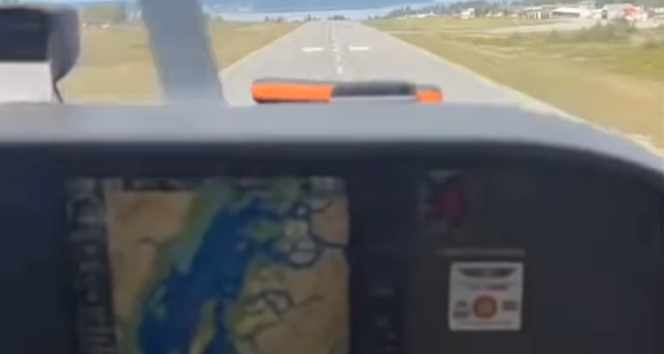U.S. Army Selects Bell V-280 Valor For FLRAA Program
Bell Textron has been awarded a contract to develop its V-280 Valor tiltrotor for the U.S. Army’s Future Long-Range Assault Aircraft (FLRAA) program. According to Bell, the initial contract will…

Image: Bell Textron
Bell Textron has been awarded a contract to develop its V-280 Valor tiltrotor for the U.S. Army’s Future Long-Range Assault Aircraft (FLRAA) program. According to Bell, the initial contract will cover refining the weapon system design, sustainment, digital enterprise, manufacturing, systems integration, flight testing and airworthiness qualification. The Army launched FLRAA in 2019 to “replace a portion of its assault and utility helicopter fleet” with the goal of fielding the chosen aircraft by 2030 and eventually replacing the UH-60 Black Hawk helicopter.
“We are honored that the U.S. Army has selected the Bell V-280 Valor as its next-generation assault aircraft,” said Textron Chairman and CEO Scott Donnelly. “We intend to honor that trust by building a truly remarkable and transformational weapon system to meet the Army’s mission requirements. We are excited to play an important role in the future of Army Aviation.”
Bell developed the V-280 as part of the Joint Multi-Role Technology Demonstrator (JMR TD) program, which began in 2013. The aircraft flew for the first time in 2017 and is expected to offer around twice the speed and range of the Army’s current fleet. The V-280’s sole competitor for FLRAA was the Sikorsky-Boeing Defiant X.






